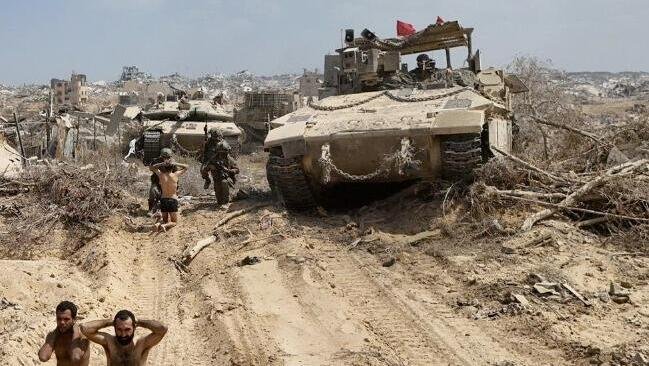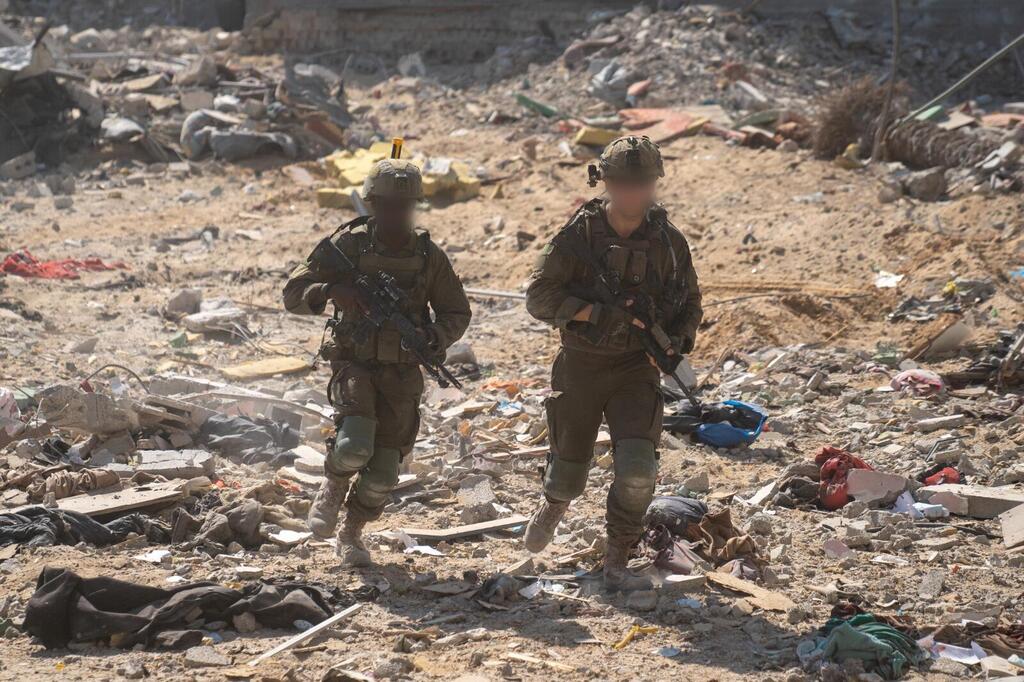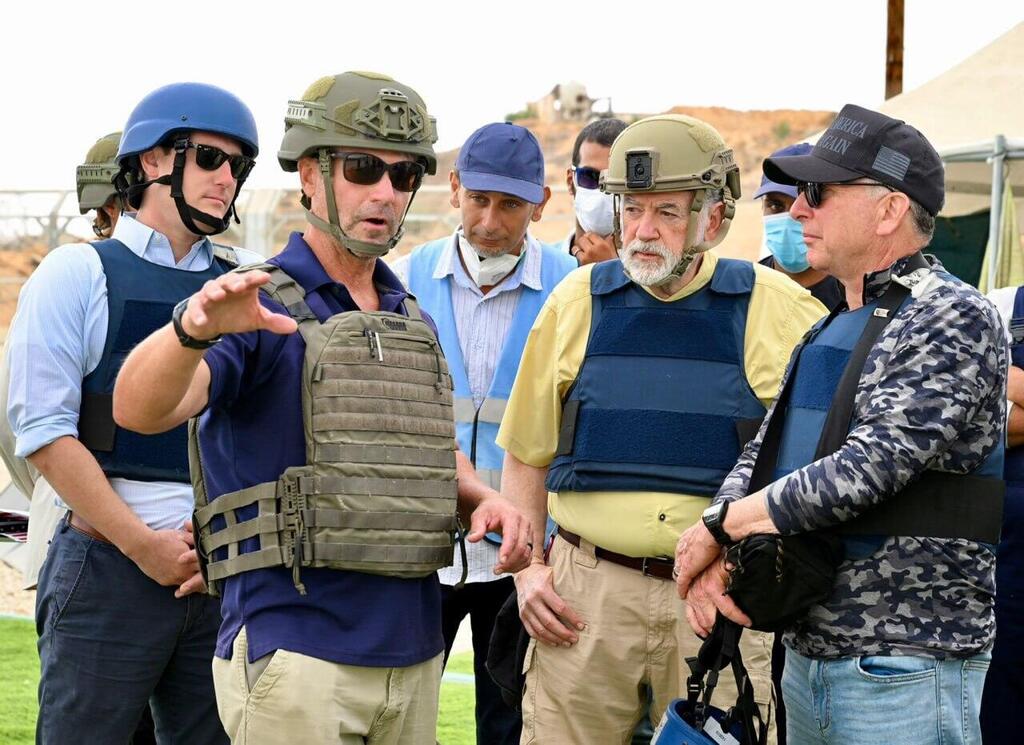The recent weeks have seen a notable decline in combat intensity and casualties, aligning with unilateral ceasefires Israel initiated under international diplomatic pressure. Political leaders have sought a visible achievement from the prolonged campaign, but internally, military and political officials remain divided over the operation’s outcomes and next steps.
Hamas terrorists surrender to Givati fighters
(Video: IDF Spokesperson’s Unit)
Behind the scenes, discussions continue between the IDF and the government over how to frame the end of the operation, which began when Israel broke a ceasefire earlier this year. The bigger disagreement centers on Israel’s controversial decision to increase humanitarian aid deliveries to Gaza even as military pressure eases and troops withdraw from parts of the Strip. Sources said that senior IDF officers opposed the government’s move to boost aid during a period of de-escalation, warning it could be interpreted as conceding to Hamas’s claims of “starvation.”
Nevertheless, the government hopes the increased humanitarian assistance will help restore some international legitimacy for ongoing operations, particularly in Hamas strongholds in central and western Gaza City, including the al-Mawasi area, as well as in Deir al-Balah and the Nuseirat refugee camp, where Hamas remains entrenched.
Chief of Staff Eyal Zamir informed IDF leaders last month that plans to rebuild and stabilize the military would be postponed from 2025 to 2026, reflecting political acceptance of demands by ministers such as Itamar Ben-Gvir and Bezalel Smotrich. These ministers have called for a renewed and expanded reserve mobilization and a longer campaign against Hamas extending into next year.
Humanitarian aid has been steadily increasing, with recent deliveries including 420 packages dropped by the Jordanian military, as well as daily shipments of food, gas and fuel trucks entering Gaza from Israel through the Zikim and Kerem Shalom crossings. While these deliveries target areas with limited access to food, Hamas operatives reportedly attempt to intercept and stockpile supplies for their own use.
US special envoy Steve Witkoff and Ambassador Mike Huckabee recently visited an aid distribution center considered relatively stable, highlighting ongoing international involvement. However, many aid points remain chaotic, with daily crowds facing Israeli crowd control measures that sometimes result in injuries.
On the ground, the IDF has expanded control over buffer zones, especially in northern Gaza’s “knee” region, between the city of Sderot, nearby communities such as Erez and Miflasim and the 70-meter ridge inside Gaza. Prime Minister Benjamin Netanyahu has promised to annex these areas as part of political agreements, although such moves are largely symbolic for now. They may serve as justification for rebuilding Israeli settlements in the future.
Currently, most IDF soldiers in Gaza focus on self-defense rather than offensive operations. They maintain control over dozens of kilometers of buffer routes and static outposts, such as along the Philadelphi corridor bordering Egypt and near Khan Younis and Rafah in southern Gaza.
Maintaining these buffer zones involves the extensive demolition of tens of thousands of Palestinian buildings. Israeli commanders describe this as “flattening,” a deliberate tactic to reduce risks of ambushes, booby traps and sniper fire and to create secure maneuvering space for troops.
Two commanders from the Givati Brigade detailed ongoing operations in Beit Hanoun, where terrorists hide in tunnel shafts beneath residential structures. Lt. Col. H, head of the Givati reconnaissance battalion, described a recent operation where Israeli forces encircled and forced the surrender of three terrorists. The raid uncovered underground weapons caches, explosives, medical supplies and food sufficient for months of siege.
Despite the challenges, the commanders stressed that only a prolonged, systematic campaign stretching over years can significantly weaken Hamas. “When fighting guerrillas, patience and perseverance are key,” Lt. Col. H said.
He also highlighted the impact of new technologies in enhancing operational effectiveness. “The soldiers will look back decades from now and be proud they took part in this long war, never giving up,” he said.








